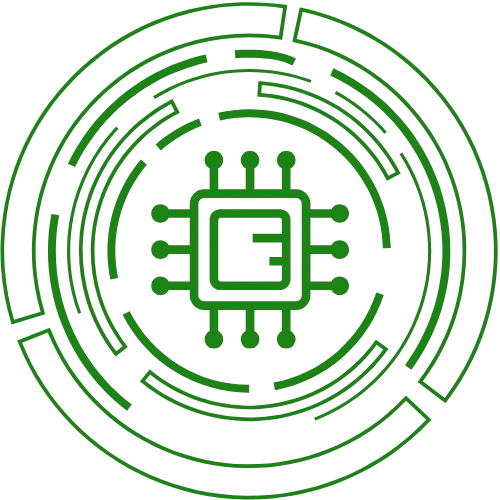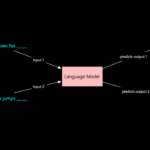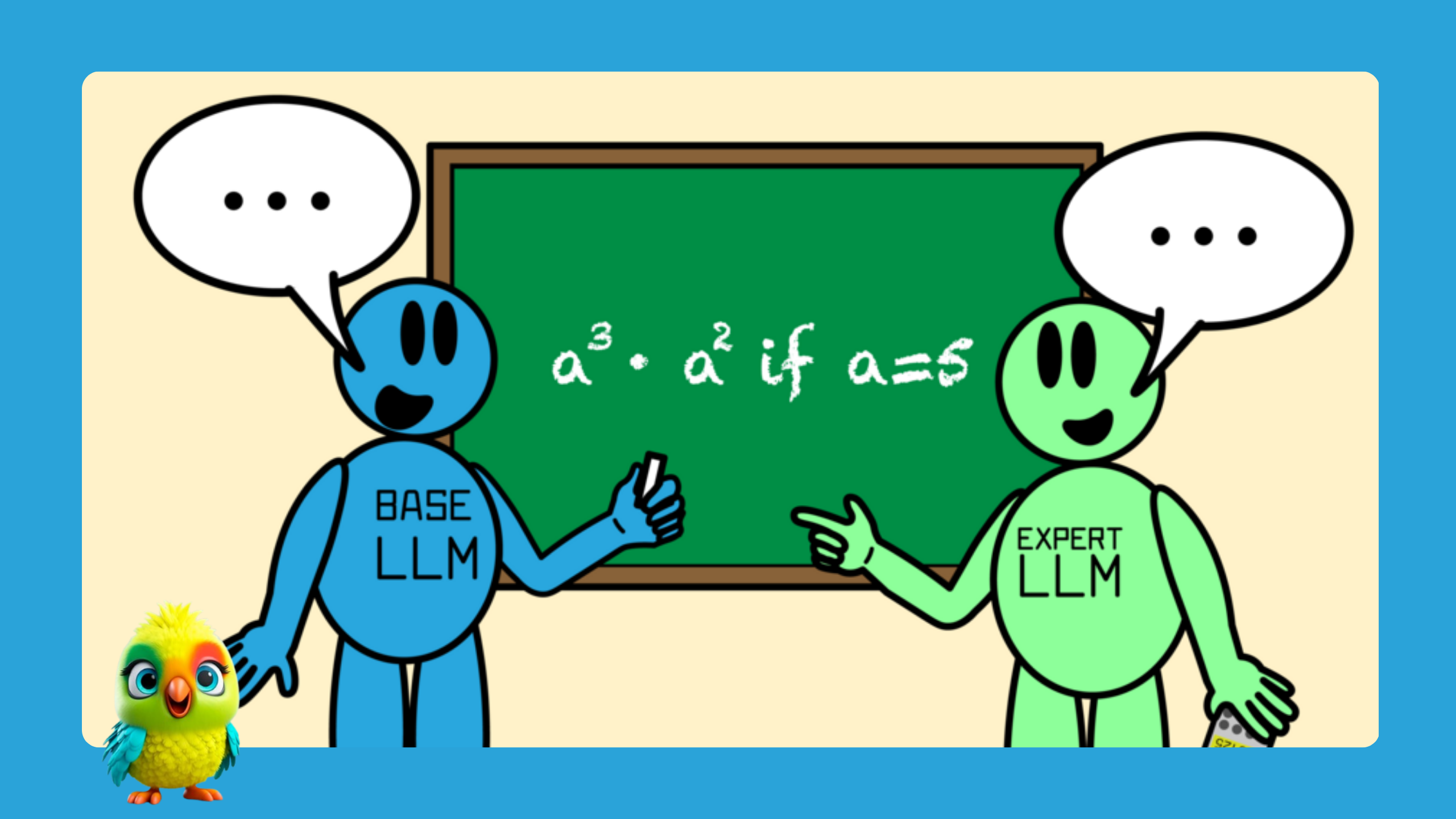The rapid evolution of blockchain technology and digital assets has reshaped the financial services landscape, presenting both unprecedented opportunities and complex regulatory challenges. From decentralized finance (DeFi) platforms and stablecoins to non-fungible tokens (NFTs) and digital asset-backed financial products, stakeholders must navigate a legal environment that is simultaneously fragmented, experimental, and rapidly evolving.
This article synthesizes the latest developments as of August 2025, offering a critical analysis of U.S. federal and state regulatory initiatives, enforcement actions, and international developments. Drawing upon recent rulings, legislative proposals, and regulatory guidance, we explore the implications for financial institutions, fintech innovators, investors, and policymakers.
1. Federal Legal Developments in Digital Assets
1.1 Key Judicial Precedent: NFT “Insider Trading” and Wire Fraud
In a landmark decision, the U.S. Court of Appeals for the Second Circuit vacated the conviction of Nathaniel Chastain, a former OpenSea employee, on wire fraud and money laundering charges related to NFT trading based on non-public information (July 31, 2025). The court emphasized that the lower court had misapplied the concept of “property” under federal wire fraud statutes, clarifying that confidential business information alone does not constitute “property” for purposes of prosecution.
Implications:
Digital assets that are not securities may receive protection under different legal standards than traditional equities.
The decision signals that regulators must refine their frameworks for prosecuting insider trading in decentralized or tokenized markets, where “ownership” and property rights are complex.
NFT marketplaces and other digital asset platforms should enhance governance structures and internal controls to mitigate regulatory risks.
Read: A Leap Toward Industrial Quantum Computing With Fujitsu
1.2 White House Digital Asset Strategy
On January 31, 2025, the President’s Working Group on Digital Asset Markets released a comprehensive strategy aimed at establishing U.S. leadership in the digital asset space. The report emphasizes:
Clear regulatory frameworks to support innovation while protecting consumers and market integrity.
Federal-level recognition and regulation of digital assets to prevent state-level fragmentation.
Promotion of U.S. dollar-backed stablecoins and opposition to the issuance of a central bank digital currency (CBDC).
Modernization of anti-money laundering (AML) and countering the financing of terrorism (CFT) protocols for digital assets.
This strategy reflects a commitment to positioning the U.S. as a global leader in blockchain-enabled financial innovation, balancing technological advancement with risk mitigation.
Read: A Complete Guide to Cartesian Product of Sets
1.3 Congressional Engagement: GENIUS Act Loopholes
The American Bankers Association and related state associations have highlighted perceived loopholes in the GENIUS Act, particularly regarding the prohibition on interest payments for payment stablecoins. They argue that the current law may allow non-bank entities, such as brokers or fintech companies, to offer yield or reward programs effectively functioning as interest, potentially diverting funds from traditional banking channels and undermining credit access.
Implications for policymakers:
Congress faces pressure to refine the GENIUS Act to safeguard traditional financial institutions and consumer protections.
Clarification may determine the viability of emerging fintech models in stablecoin issuance and trading.
1.4 Banking Supervision and FinCEN Initiatives
Federal Reserve: Announced the termination of its “novel activities supervision program,” reverting to standard supervisory processes for crypto-related banking activities.
FinCEN: Convened the “FinCEN Exchange” to facilitate collaboration between law enforcement, financial institutions, and fintech innovators in combating fraud while encouraging innovation. Additionally, FinCEN issued a notice regarding the risks posed by crypto kiosks for illicit activity.
Analysis:
These steps indicate a maturation of regulatory oversight, moving away from specialized pilot programs to integrated monitoring, and a recognition of the need for ongoing public-private collaboration in the digital asset ecosystem.
Read: Monolithic vs Microservices Architecture: Key Differences, Pros & Cons (2025 Guide)
2. Securities and Market Regulation
2.1 SEC Guidance on Liquid Staking
The SEC Division of Corporation Finance issued guidance clarifying that liquid staking arrangements—where asset owners deposit crypto assets with a third-party provider and receive tokens evidencing ownership and rewards—do not constitute securities offerings if purely administrative in nature. This guidance applies the Howey test, focusing on the absence of managerial or entrepreneurial efforts by the staking provider.
Implications:
Crypto projects offering liquid staking can operate without SEC registration, provided activities remain administrative.
Legal certainty in this domain may encourage institutional participation and broader adoption of staking protocols.
2.2 Project Crypto: SEC Regulatory Modernization
Under the initiative “Project Crypto,” the SEC seeks to:
Distinguish between digital collectibles, commodities, stablecoins, and securities.
Enable the onshoring of previously offshore crypto businesses.
Modernize custody and trading regulations to support a broad spectrum of crypto products.
Encourage innovation in DeFi and on-chain software without stifling technological progress.
Analysis:
Project Crypto represents a pivotal attempt to harmonize U.S. regulation with emerging global standards while facilitating innovation, potentially serving as a model for other jurisdictions.
Read: Machine Learning: Creating a Machine Learning Model
2.3 Crypto ETP Approvals
The SEC approved in-kind creations and redemptions for crypto exchange-traded products (ETPs), including Bitcoin and Ether. This decision increases operational efficiency and cost-effectiveness, aligning crypto ETPs with traditional financial products.
Read: EmbeddingGemma Model Google’s Pocket-Sized Powerhouse for Multilingual AI
3. Commodity and Derivatives Oversight
3.1 CFTC Initiatives
Crypto Sprint: The CFTC launched a program to implement recommendations from the President’s Working Group, providing clarity for spot crypto trading and perpetual derivatives.
Spot Crypto on Regulated Exchanges: A public comment period opened for listing spot crypto asset contracts under the Commodity Exchange Act on designated contract markets (DCMs).
Implications:
A move towards regulatory harmonization between the CFTC and SEC.
Enables market participants to navigate spot crypto trading with clearer compliance frameworks.
4. Federal Housing Finance and Digital Assets
Fannie Mae and Freddie Mac have been directed to consider cryptocurrency as an asset for mortgage applications without conversion to USD. Only crypto assets held on U.S.-regulated centralized exchanges are eligible.
Analysis:
Represents a cautious integration of digital assets into traditional financial underwriting.
Raises concerns about volatility and risk exposure for both lenders and taxpayers.
5. Enforcement and Litigation Trends
The DOJ, SEC, FTC, and FINRA have pursued aggressive enforcement actions in recent months, targeting fraud, Ponzi schemes, and illegal crypto businesses:
Terraform Labs Co-founder Do Kwon: Pleaded guilty to fraud causing $40B in investor losses.
Samourai Wallet Founders: Pled guilty to laundering over $200M in cryptocurrency using mixing and obfuscation services.
MyConstant Founder: SEC cease-and-desist order for misrepresentation and misuse of investor funds.
NFT Trademark Recognition: Ninth Circuit ruled in Yuga Labs v. Ryder Ripps that NFTs are “goods” eligible for trademark protection under the Lanham Act.
Analysis:
These enforcement actions illustrate the dual regulatory focus on both traditional financial protections and the emerging unique challenges of blockchain and digital asset ecosystems. Legal recognition of NFTs as goods may have significant intellectual property implications for creators and marketplaces.
Read: 10 Hidden Tech Websites & Apps You’ll Wish You Knew About Sooner
6. State-Level Developments
Money Transmission Modernization Act (MTMA): The CSBS issued guidance on virtual currency treatment under MTMA for licensees’ tangible net worth.
Pennsylvania: Amended money transmission laws to treat virtual currency transfers under the same regulatory framework as fiat currency, modernizing licensing and oversight.
Implications:
States are increasingly harmonizing digital asset regulation with traditional financial laws, providing a predictable compliance environment.
Read: OpenAI Launches it’s Flagship Model GPT-5
7. International Trends
UK: HM Treasury issued a Cryptoassets Threat Assessment highlighting risks to sanctions compliance and exposure to foreign cybercriminal activity.
Hong Kong: Implemented a stablecoin issuer regulatory framework, including AML/CFT compliance and transitional provisions for pre-existing issuers.
Analysis:
Global regulatory activity is converging around key themes: risk mitigation, consumer protection, and innovation-friendly frameworks. International cooperation and harmonization will likely be critical for scalable adoption.
Read: How a Large Language Model (LLM) predicts the next word
8. Observations and Implications for Stakeholders
8.1 Financial Institutions
Banks, credit unions, and fintech firms must prepare for tighter regulatory scrutiny while exploring opportunities in custody, trading, and DeFi integration. The interplay of SEC, CFTC, and FinCEN guidance highlights the need for robust compliance programs and agile legal strategies.
Read: How to train LLMs to reason with notebooks
8.2 Investors
Greater legal clarity—particularly regarding NFTs, liquid staking, and stablecoins—reduces investment risk but does not eliminate volatility. Investor education remains crucial in navigating the complexities of digital asset markets.
8.3 Regulators and Policymakers
Efforts to harmonize frameworks, such as Project Crypto and the GENIUS Act, underscore the balancing act between fostering innovation and ensuring market integrity. Legal interpretations, such as the Second Circuit’s NFT insider trading ruling, demonstrate that statutory adaptation may lag behind technological evolution.
Read: Agentic Architecture and AI Agents in Enterprise
9. Conclusion
August 2025 marks a pivotal moment in the evolution of blockchain and digital asset regulation. U.S. federal agencies, state regulators, and international bodies are increasingly establishing clear frameworks, while courts continue to define the contours of property rights, intellectual property, and fraud in digital markets.
Stakeholders must remain vigilant, adaptable, and proactive. Legal clarity will enable the maturation of markets, support innovation, and protect investors, yet the rapidly evolving nature of digital assets requires continuous monitoring, collaboration, and compliance.
As the ecosystem expands—from NFTs and liquid staking to stablecoins and DeFi—the intersection of law, technology, and finance will define the next chapter of digital asset integration in the global economy.
Read: Complete Breakdown of Machine Learning (ML)
References and Further Reading
U.S. Court of Appeals, Second Circuit, Nathaniel Chastain v. United States, July 31, 2025.
President’s Working Group on Digital Asset Markets, Report on American Digital Asset Leadership, Jan. 31, 2025.
U.S. Securities and Exchange Commission, Project Crypto, Chair Paul S. Atkins remarks, July 31, 2025.
Commodity Futures Trading Commission, Crypto Sprint and Spot Crypto Trading Initiatives, August 2025.
DLA Piper, Blockchain and Digital Assets News and Trends, August 2025.
Ninth Circuit, Yuga Labs v. Ryder Ripps, July 23, 2025.
Financial Crimes Enforcement Network (FinCEN), public notices on crypto kiosks and AML/CFT regulations, 2025.
This article provides a detailed, academically styled synthesis suitable for professionals, regulators, and students of financial law and blockchain technology.




















